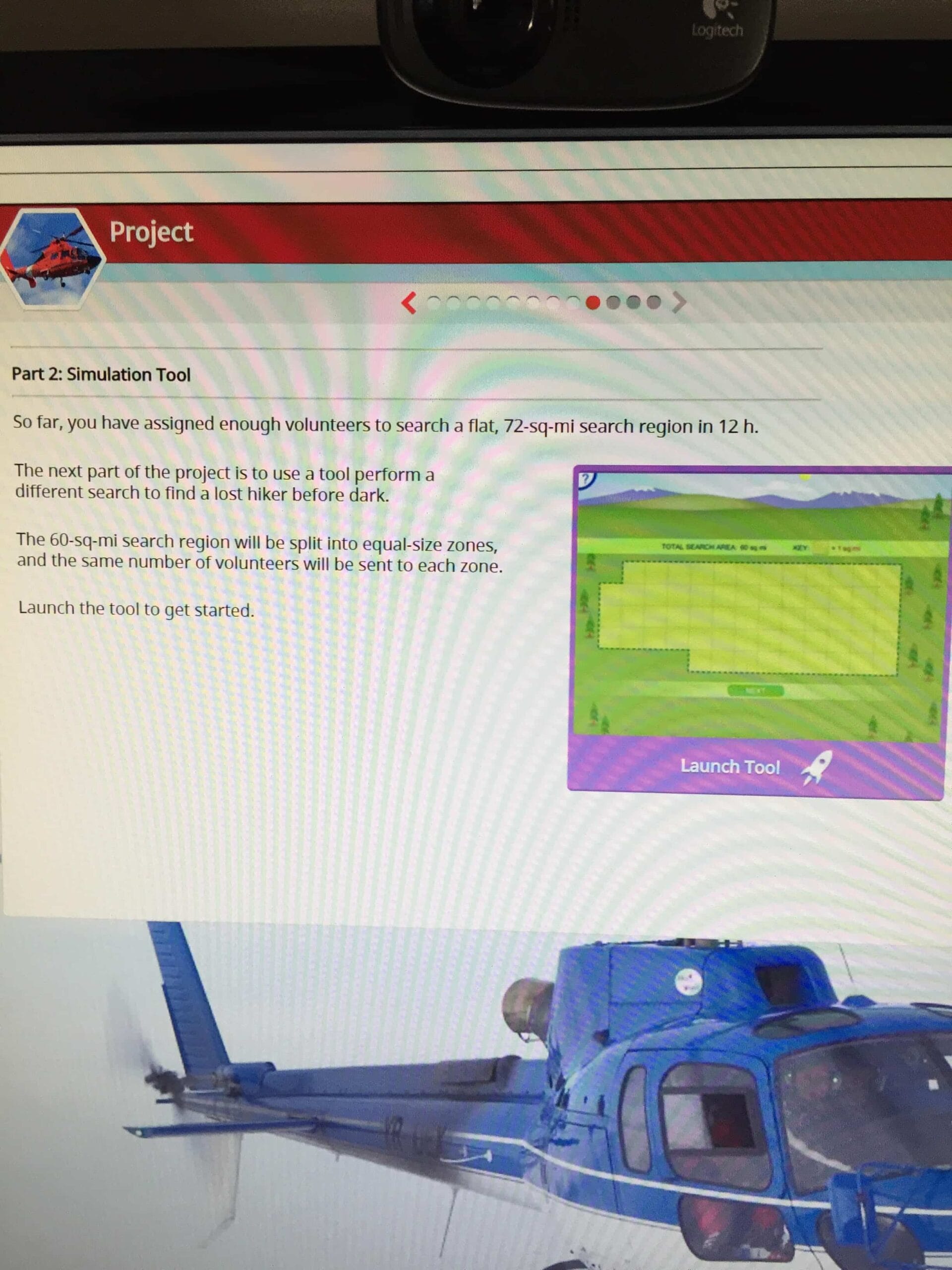Understanding Redbird Math’s Adaptive Approach
Redbird Math, a K-7 online math learning platform developed by McGraw-Hill Education, uses adaptive learning technology to create a personalized learning experience. Think of it as a digital tutor that adjusts to each student’s pace and style. This approach, grounded in 25 years of research by learning scientists at Stanford University, aims to make math more engaging and effective. But with its upcoming retirement, understanding Redbird Math’s features and exploring alternatives becomes crucial. This article provides a comprehensive overview of Redbird Math, its benefits, and what its retirement means for students and educators. We’ll also explore the broader landscape of math curricula, touching on approaches like mastery learning as exemplified by Red Rose Maths. Finally, we’ll examine factors that contribute to a curriculum’s popularity and discuss the dynamic nature of what’s considered “best” in math education.
Delving into Redbird Math’s Features and Benefits
Redbird Math’s core strength lies in its adaptive learning engine. This engine constantly monitors student performance, adjusting the difficulty of exercises in real-time. If a student excels at fractions, Redbird Math introduces more challenging problems. Conversely, if a student struggles with subtraction, the platform offers additional practice with simpler problems. This personalized approach is designed to optimize learning and keep students engaged.
Here’s a closer look at what Redbird Math offers:
- Adaptive Learning: Adjusts to each student’s learning pace, providing a personalized experience.
- Personalized Instruction: Tailors learning paths to individual needs.
- Rigorous Curriculum: Aligns with educational standards, covering key concepts for each grade level.
- Integrated Approach: Combines instruction, practice, and assessment into one seamless online experience.
- Data-Driven Insights: Provides teachers with valuable data on student progress, helping them tailor instruction and offer targeted support.
- Digital Platform: Accessible on computers, laptops, and tablets, offering flexibility for various learning environments.
- STEM Integration: Connects math concepts to real-world science, technology, engineering, and math (STEM) applications, making learning more relevant.
These features work together to create a dynamic learning environment, empowering students to learn at their own pace and enabling teachers to provide more effective support.
Redbird Math’s Retirement: What You Need to Know
Redbird Math and Redbird Language Arts & Writing are being retired. While the exact date requires confirmation, this announcement has significant implications for current users. It’s important to understand the reasons behind the retirement and explore potential migration paths or alternative solutions offered by McGraw-Hill. This transition provides an opportunity to reassess your math curriculum needs and consider other innovative approaches.
Exploring Alternative Approaches: Red Rose Maths and Mastery Learning
While Redbird Math leverages adaptive learning, other effective approaches exist, such as mastery learning, exemplified by programs like Red Rose Maths. Red Rose Maths, designed for students aged 4 to 11, emphasizes deep understanding over rote memorization. This approach ensures students fully grasp each concept before moving on, building a strong foundation for future learning.
Red Rose Maths provides a wealth of resources for teachers, including:
| Resource Type | Description |
|---|---|
| Teaching Resources | Hands-on materials, games, and activities |
| Planning Guidance | Detailed lesson plans and curriculum maps |
| Children’s Task Sheets | Worksheets and practice exercises |
| Deeper Learning Tasks | Challenging activities for advanced learners |
| Yearly Overviews | Curriculum overview for the entire year |
While mastery learning holds promise, research suggests its effectiveness may vary depending on age groups and learning styles. The implementation of any new curriculum also requires careful planning and ongoing evaluation.
The Evolving Landscape of Math Curricula
Defining the “most popular” math curriculum is complex. Factors such as school adoption rates, teacher and parent reviews, and the program’s alignment with current educational trends all play a role. Redbird Math, with its adaptive learning and digital platform, certainly resonates with the growing interest in personalized learning. However, other prominent curricula like Eureka Math and Go Math! also hold significant market share. Each program has its strengths and weaknesses, and the “best” choice depends on the unique needs of the students and teachers.
Gain insights into the latest rising and next generation of data trends and their implications for the future of education, including how data-driven insights can shape curriculum development and personalized learning experiences.
The field of math education is constantly evolving. Ongoing research continuously refines our understanding of how students learn best, leading to new approaches and innovations. Therefore, the landscape of math curricula is dynamic, with popularity shifting as new research emerges and new programs are developed.
Conclusion: Navigating the Future of Math Education
Redbird Math, with its adaptive learning technology and comprehensive curriculum, has undoubtedly contributed to the evolution of online math education. Its retirement prompts a crucial conversation about the future of math instruction and the role of technology in personalized learning. By considering the various approaches available, including adaptive learning and mastery-based programs, educators and parents can make informed decisions about the best path forward for their students. As research continues and new technologies emerge, the quest for the most effective math curriculum will undoubtedly continue to shape the future of learning.
- Unlock Water’s Symbolism: A Cross-Cultural Exploration - April 20, 2025
- Identify Black and White Snakes: Venomous or Harmless? - April 20, 2025
- Unlocking Potential: Origins High School’s NYC Story - April 20, 2025















